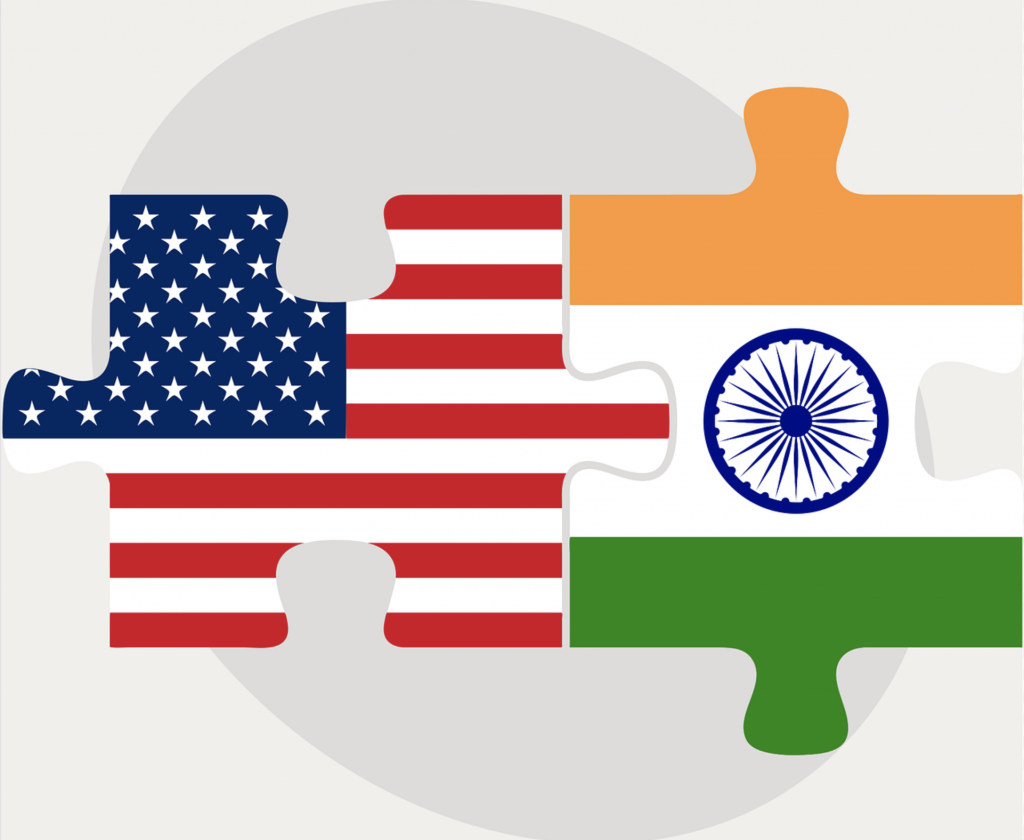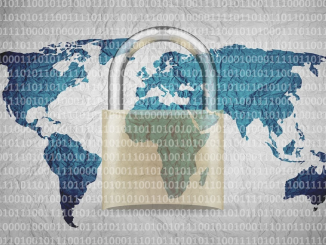
During the cold war, India and the Soviet Union have remained strategic partners of each other since the major bulk of the Indian defence needs were fulfilled by the latter. Likewise, even today India remains one of the biggest arms markets to Russia. However, soon after the cold war, when the US re-prioritized its policies vis-à-vis South Asia and the Pacific region. India found this change in US policies as an opportunity to further open its foreign policy options and quested for new alliances and partnerships. In this regard, both the US and India tended to enhance their relations which were to an extent slow during the cold war. In the later years during the Bush administration, in particular, the bilateral relations of both countries were significantly boosted. The signing of the US-India Civil Nuclear Agreement of 2005-06 is regarded by many as a watershed moment towards developing a strategic partnership. The subsequent US administrations continued with the trend and ultimately both the countries moved to establish a strategic partnership. This enhancement of relationship continues to date since the evolved regional dynamics have further paved the way for a long-term bilateral strategic partnership. With reaching new heights in recent years, the India-US strategic partnership has brought long-lasting implications for regional security.
It is quite notably important to discuss that both countries have signed various defence procurement agreements worth millions of USD in recent years. These include the supply of high-tech military hardware for the Indian forces by the US. In this regard, the agreements of acquisition of various advanced platforms for the Indian Navy which include torpedoes, anti-ship missiles, helicopters, anti-submarine, and patrol aircrafts for the Indian Navy are quite significant. The US is also in the process of supplying Apache AH-64 helicopters to the Indian Army and the Indian Air Force. Apache is widely regarded as one of the most advanced helicopters available in the world. Moreover, there are various reports that India and the US might sign another landmark agreement for the supply of the National Advanced Surface to Air Missile System-II (NASAMS-II) to the former.
Apart from these agreements, the US has signed four very important and foundational agreements with India. Starting from the year 2002, these include; General Security if Military Information Agreement (GSOMIA), the Logistics Exchange Memorandum Agreement (LEMOA) of 2016 when the US gave the status of ‘Major Defence Partner’ to India. Later on, in 2018 both the countries signed an agreement named Communication, Compatibility, and Security Arrangement (COMCASA). The last agreement in this regard, Basic Exchange and Cooperation Agreement (BECA) that was signed between the two countries quite recently in 2020 is very significant. Without going into the technical details, these all agreements are meant for enhanced high-tech military cooperation. Specifically, such agreements, the US has till now only signed with its closest partners; and now India is among them.
While being deeply concerned and perhaps feared by the Chinese expanding foothold in almost every part of the world, the US has been trying to counter the latter for many years. In its quest of having a strong anti-China alliance in the region, India holds immense significance in the US strategic calculus. The US holds that while having a strong strategic partnership with India that would involve enhanced cooperation at the military, economic and diplomatic levels is a key to counter China. In this regard, the India-US ties have considerably become more materialistic in the last two decades as compared to the past.
In addition to some of the above-mentioned materialistic dimensions of their enhanced strategic and defence partnership, both the US and India have been involved in another transnational regional alliance known as the Quadrilateral Security Dialogue (Quad) specifically in the last few years. In this regard, the March 2021, virtual summit of Quad leaders was meant to deliberate on a framework to further institutionalize the alliance. Many speculate it as a US’ move towards make-believe an “Asian NATO” intended to counter China. Though might be a bit exaggerated, however, the significance of this notion cannot be entirely negated since for NATO the common adversary was the Former Soviet, in Quad’s case, apparently, China has been regarded as a common adversary of the Pacific states. While India, though not a pacific power, but in order to contain China, has been equipped militarily and given a key role in all this arrangement. In pursuit of this, the US is significantly increasing the military capabilities of India. On the other hand, India under its aspiration of great power status is willing to accept such an enhanced role that aims to serve the mutually beneficial interests of both the US and India. This creates a security dilemma for Pakistan as well, since India has troubled relations with almost all of its neighbors in general and China and Pakistan in particular. With its enhanced military capabilities, India would be in a much better position to undermine Pakistan’s security. Consequently, the hostility between India and Pakistan would likely increase further. This would bring long-lasting implications for broader regional security. Hence at the present, it becomes quite comprehensible that both the US and India pretend to have expanded their strategic partnerships on the pretext of cooperation on common regional interests. In this regard, however, it seems that the agenda of both countries is way divergent. The US wants to contain China with its ability to establish and then maintain diverse alliances in the region. While India aspires to become a great power at any cost; in pursuit of this India might not be willing and even capable enough to confront China directly at least for the time being. India still has a long way to go to cope up with China since its internal problems and lack of cohesion are way bigger than its long-term aspirations. This is further evident from the way India was humiliated by China in the Ladakh-Galwan crisis of 2020. The situation seems to be not very different as of now or even might become a little bit more complex for India. In such circumstances, the region would likely become more vulnerable to crises. Last but not the least, Pakistan needs to remain vigilant of the changing regional dynamics and continue to further strengthen its relations with both China and Russia.
![]()





Be the first to comment